Parsley, a popular herb in kitchens and gardens around the world, is not only a flavorful addition to dishes but also a source of essential vitamins and minerals.
Whether used as a garnish, seasoning, or main ingredient, parsley offers a unique and refreshing taste to any meal. However, many home gardeners and cooks may struggle with the process of harvesting parsley, leading to a loss of flavor and nutrients.
Parsley Plant we will discuss the proper techniques and methods for harvesting parsley to ensure maximum freshness and quality. From the right time to harvest to the best tools to use, we will cover all the necessary steps to help you achieve the perfect parsley harvest.
So, put on your gardening gloves and get ready to learn how to harvest parsley the right way. With a little bit of knowledge and practice, you will soon be able to enjoy the full flavor and health benefits of this versatile herb in all your culinary creations.
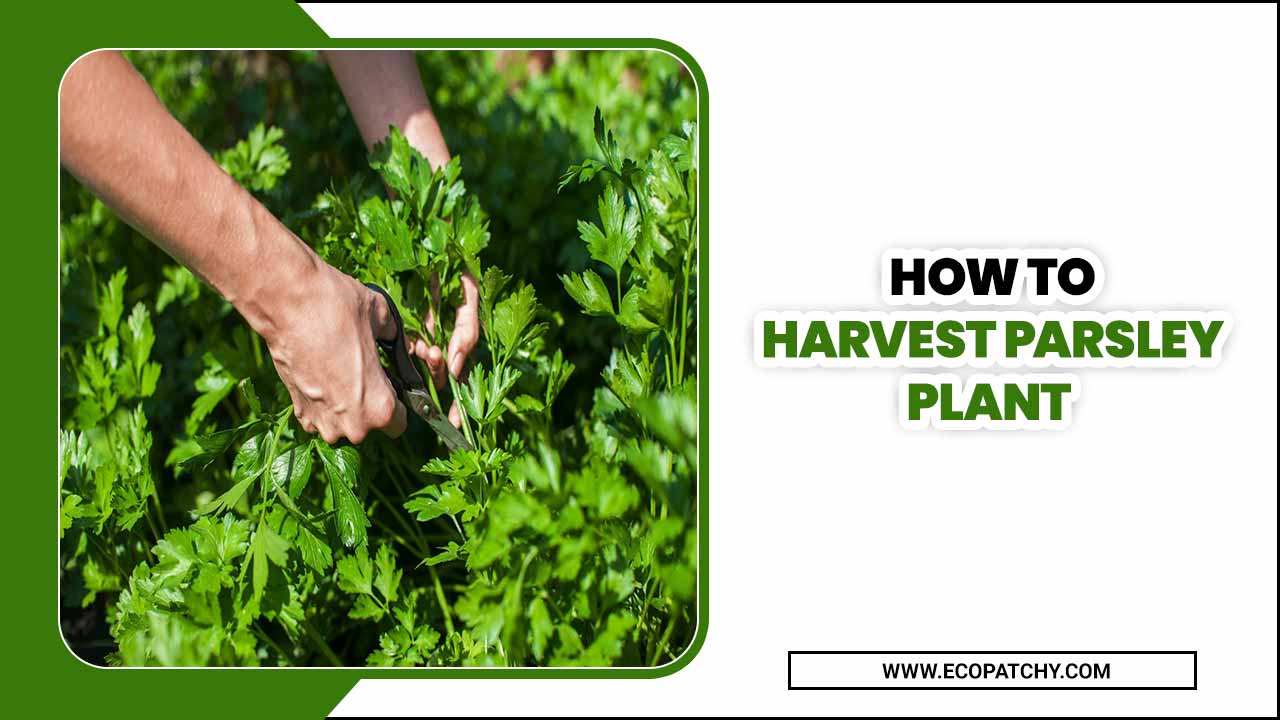
What Is Parsley?
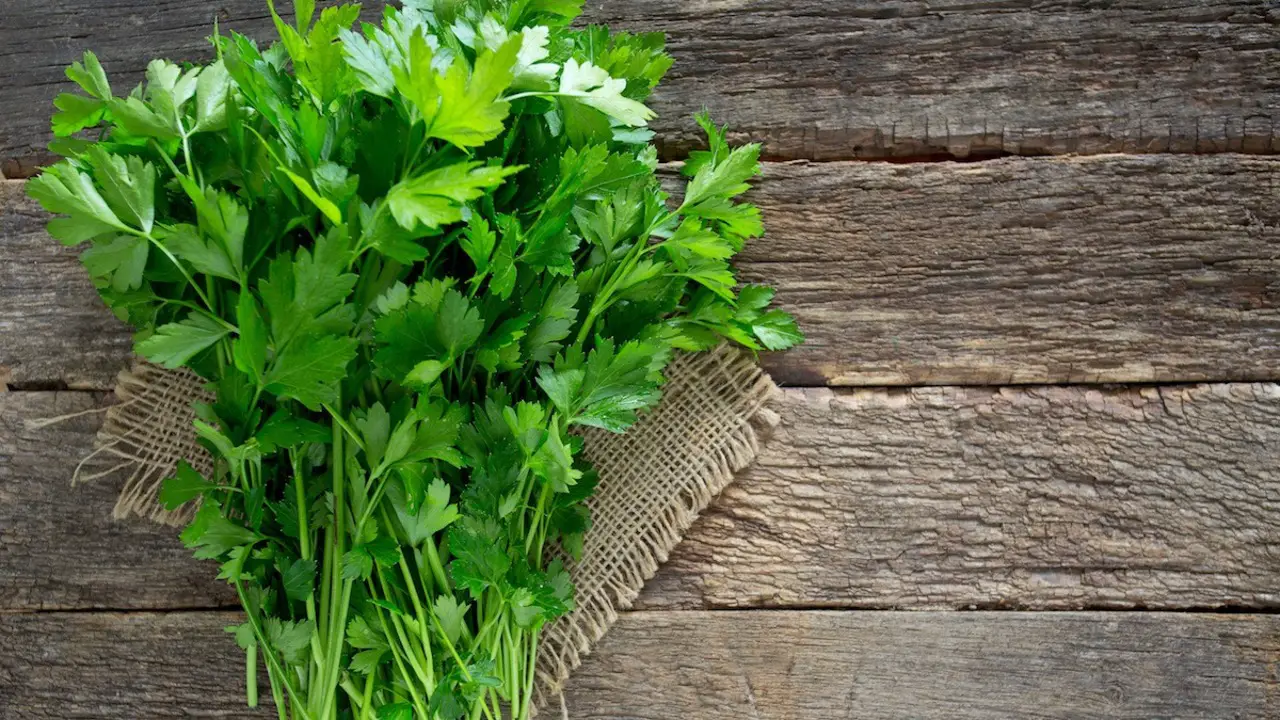
Parsley is a versatile herb that is commonly handy in cooking and garnishing. It is native to the Mediterranean region and has been cultivated for centuries for its culinary and medicinal properties. Parsley has a vibrant green color and a fresh, crisp flavor that can add depth and brightness to a wide range of dishes.
It is rich in vitamins A, C, and K, as well as minerals like iron and potassium. In addition to its culinary uses, parsley also has various health benefits. It is believed to have antioxidant properties, support digestion, and promote healthy skin. Whether you sprinkle it on top of your favorite pasta dish or use it as a base for a refreshing pesto sauce, parsley is a must-have herb for any kitchen.
Types Of Parsley
Several types of parsley are commonly handy in cooking and gardening. Here are some of the most popular types:
- Flat-Leaf Parsley: Also known as Italian parsley, this variety has flat, dark green leaves and a strong flavor. It is often used as a garnish or added to dishes for its fresh, herbaceous taste.
- Curly Parsley: This variety has tightly curled, bright green leaves and a milder flavor compared to flat-leaf parsley. It is commonly used as a garnish and can also be added to salads or soups for a pop of color.
- Hamburg Parsley: Unlike the other two varieties, hamburg parsley is grown for its root rather than its leaves. The root resembles a parsnip and has a mild, celery-like flavor. It can be cooked or eaten raw in salads.
- Japanese Parsley: Also known as mitsuba or Japanese wild celery, this variety has dark green leaves with a distinct flavor that is reminiscent of celery and parsley combined. It is often used in Japanese cuisine as a garnish or added to soups and stews for flavor.
Each type of parsley brings its unique taste and versatility to dishes, so feel free to experiment with different varieties in your recipes.
How To Harvest Parsley Plant The Right 5 Ways
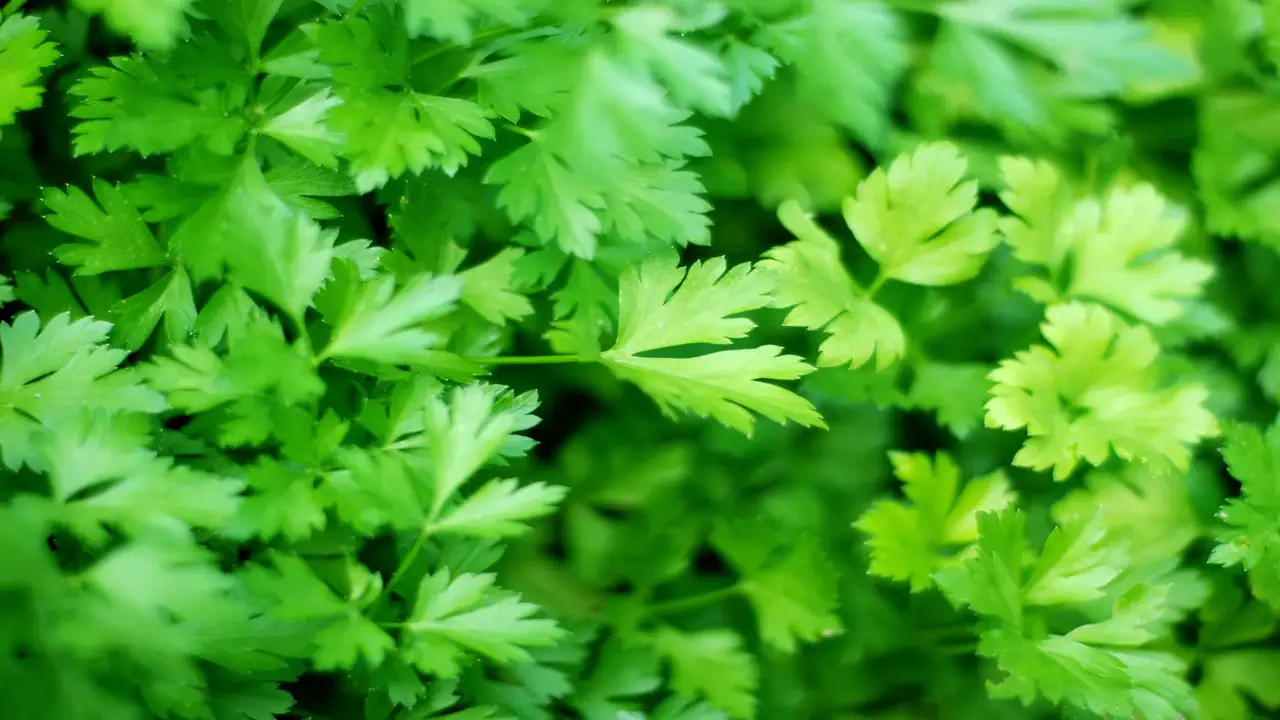
Harvesting parsley at the right time is crucial to ensure the best flavor and freshness. Before harvesting, it’s important to properly prepare the parsley by ensuring it has been watered adequately and grown in well-prepared soil enriched with organic matter or compost. When it comes to harvesting, a personal and careful approach is recommended, which involves harvesting parsley by hand. Here are Five ways to harvest parsley:
1.Choosing The Right Time To Harvest Parsley
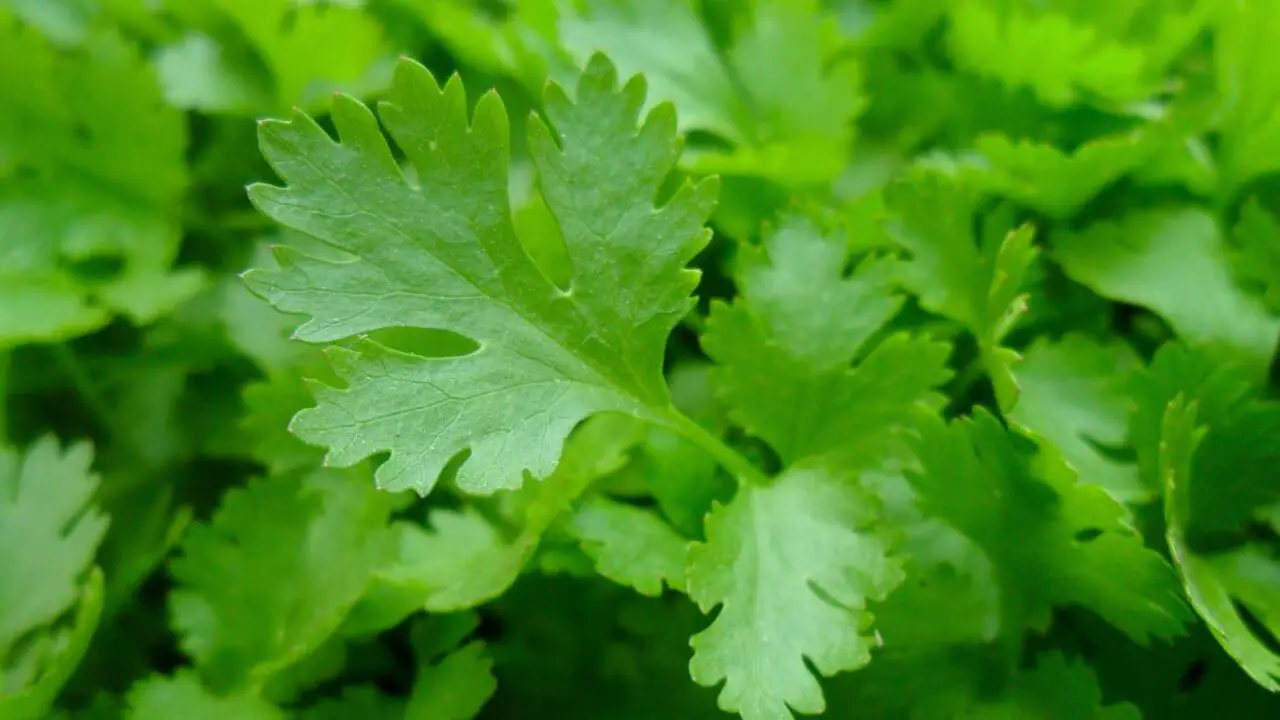
When it comes to choosing the right time to harvest parsley, there are a few key factors to consider. First, you want to make sure that the leaves are vibrant green and fully developed. This ensures that you’re harvesting parsley at its peak flavor and freshness. Additionally, it’s best to wait until the parsley plant has reached a height of 6 to 8 inches before harvesting.
This allows the plant to develop fully and ensures a plentiful harvest. It’s important to avoid harvesting parsley during extreme weather conditions, such as heavy rain or intense heat, as this can affect the quality of the leaves. Instead, opt for harvesting in the morning when the leaves are at their freshest and fullest.
Lastly, be sure to regularly monitor the growth of your parsley plant and harvest before it bolts. Harvesting parsley at the right time ensures the best flavor and yields for your culinary creations.
2.Preparing The Parsley For Harvesting
To prepare the parsley for harvesting, it is essential to ensure that the plant is well-nourished and hydrated. One day before harvesting, water the parsley plant thoroughly to provide adequate hydration. Before harvesting, remove any diseased or damaged leaves from the plant. Additionally, gently remove any dirt or debris from the parsley leaves to keep them clean.
Trim off any yellow or discolored leaves to ensure the harvested parsley is of the highest quality. Finally, make sure the parsley plant has received proper fertilization to promote healthy growth and flavor. By following these steps, you can ensure that your parsley is well-prepared for harvesting.
3.Harvesting Parsley By Hand
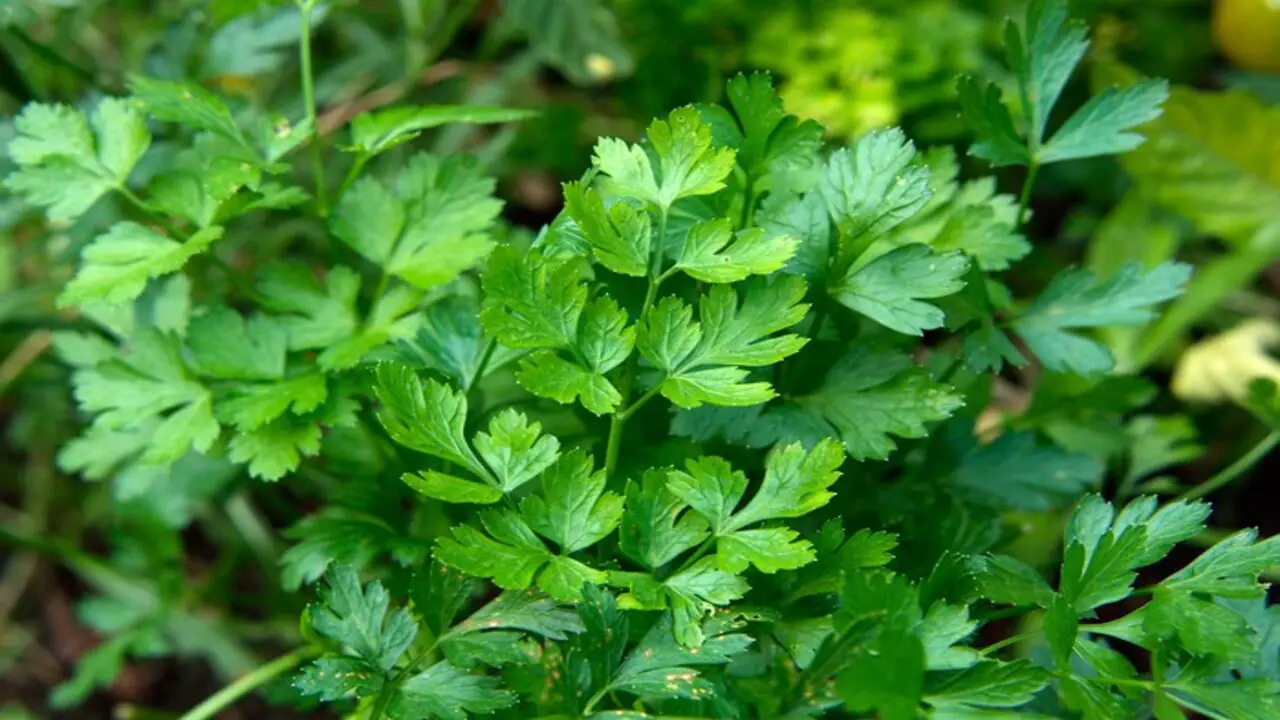
To harvest parsley by hand, gently grasp the stem near the base and pull upward to detach it from the plant. For precise harvesting, you can use sharp scissors or shears to snip the parsley leaves close to the stem. It’s important to start by harvesting the outermost leaves first, allowing the inner leaves to continue growing.
When harvesting parsley by hand, be careful not to damage the neighboring stems and leaves. It’s also advisable to harvest parsley in small, manageable quantities for immediate use or storage. By following these tips, you can ensure a successful and bountiful harvest of fresh parsley.
4.Harvesting Parsley With A Harvester
When it comes to harvesting parsley on a large scale or for commercial purposes, utilizing a mechanical harvester designed specifically for parsley can greatly increase efficiency. One important aspect of using a harvester is adjusting the height of the blades to ensure optimal collection of parsley leaves.
It is essential to regularly clean and maintain the harvester to prevent contamination and damage. Following the manufacturer’s instructions for the safe and effective operation of the parsley harvester is crucial. By utilizing a harvester, gardeners can save time and effort when it comes to harvesting parsley for their needs.
5.Harvesting Parsley With A Machine
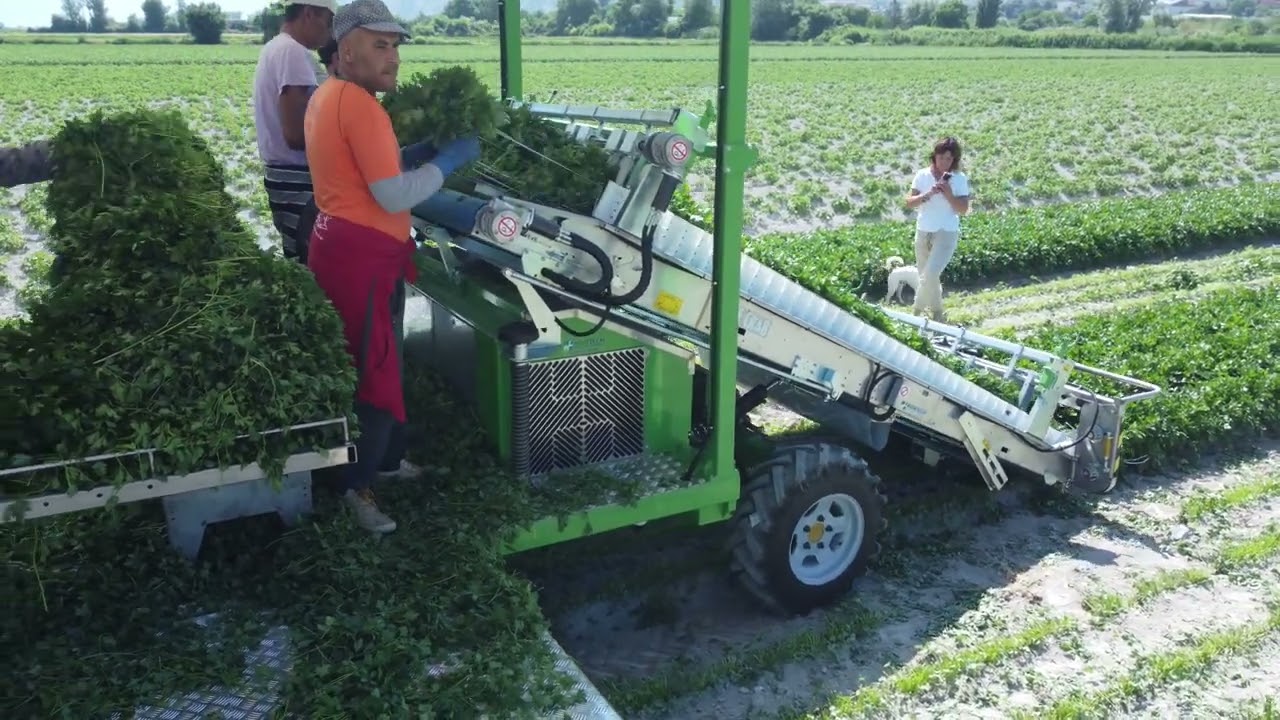
Consider utilizing a mechanical parsley harvesting machine for larger-scale operations. Ensure the machine is properly calibrated and adjusted to optimize efficiency during harvesting. Regularly inspect and maintain the machine to prevent breakdowns and ensure smooth operation.
It is crucial to adhere to all safety guidelines and precautions when operating the parsley harvesting machine. Using a machine for parsley harvesting can significantly increase productivity while reducing labor costs. By incorporating mechanization into your harvesting process, you can streamline operations and achieve higher yields. Embracing technological advancements in agriculture can lead to greater efficiency and success in parsley farming.
Tips For Drying And Storing Parsley
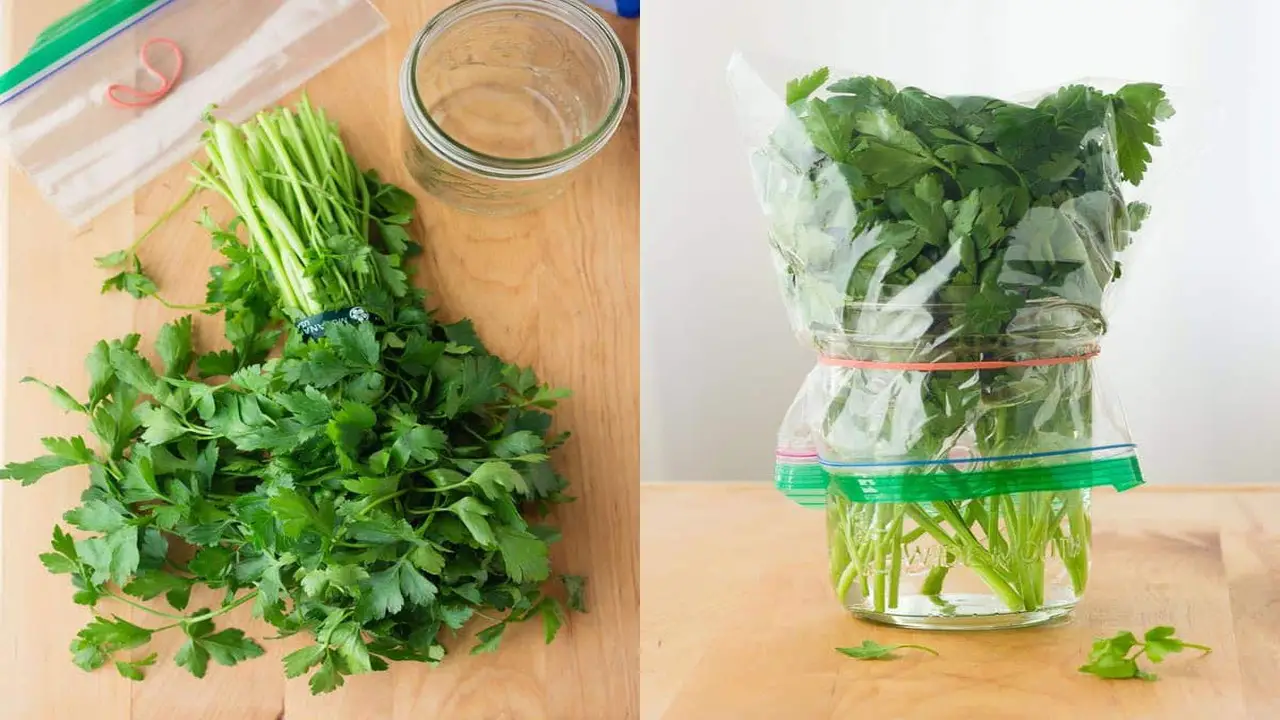
Drying and storing parsley is a great way to preserve its freshness and flavor for future use. Here are some tips to help you properly dry and store your parsley:
- Harvest Your Parsley: When the leaves of your parsley plant are vibrant green and fully grown, it’s time to harvest them. Use sharp scissors or pruning shears to cut off the outer stems, leaving the inner ones intact.
- Wash And Dry The Parsley: Rinse the harvested parsley under cool water to remove any dirt or debris. Gently pat it dry with a clean towel, or use a salad spinner to remove excess moisture.
- Air Drying Method: Bundle the parsley stems together and secure them with a rubber band or kitchen twine. Hang the bundle upside down in a well-ventilated area away from direct sunlight. Allow the parsley to air dry for about 1-2 weeks or until the stems snap easily when bent.
- Oven Drying Method: If you’re short on time, you can also dry parsley in the oven. Preheat your oven to its lowest setting (around 140°F or 60°C). Spread the washed and dried parsley leaves in a single layer on a baking sheet lined with parchment paper. Place the baking sheet in the oven and leave the door slightly ajar to allow moisture to escape. Bake for 1-2 hours, checking regularly until the leaves are crispy and crumble easily.
- Store Properly: Once your parsley is completely dry, remove the leaves from the stems by gently rubbing them between your hands or using a fork. Store the dried leaves in an airtight container, such as a glass jar or ziplock bag, away from heat, light, and moisture. Label the container with the
How To Clean And Prepare Parsley For Harvest
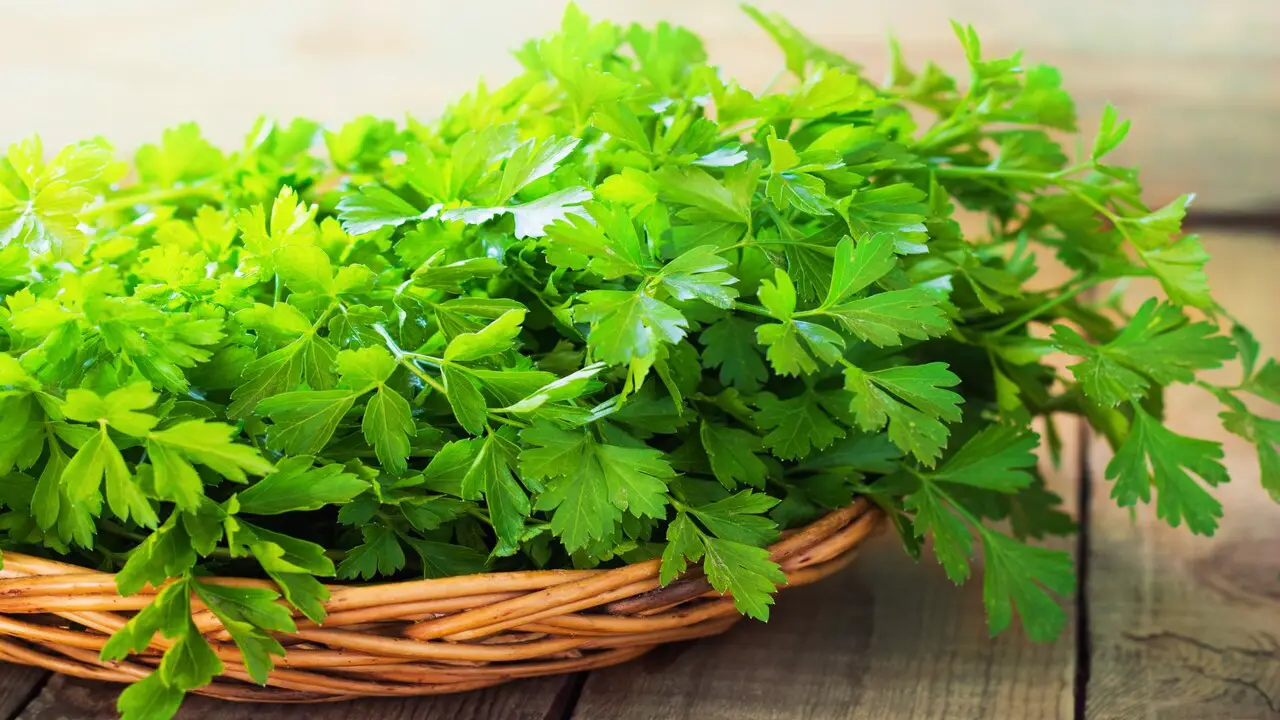
Cleaning and preparing parsley for harvest is a simple process that ensures the herb is fresh and ready to be used in your culinary creations. To clean parsley, start by removing any damaged or discolored leaves. Then, fill a bowl with cold water and gently place the parsley in it. Swirl the parsley around in the water to dislodge any dirt or debris. After a few minutes, remove the parsley from the water and pat it dry with a clean towel.
To prepare parsley for harvest, use a sharp pair of kitchen shears or scissors to snip off the outer leaves, leaving the inner stalks intact. This will allow the plant to continue growing and producing new leaves for future harvests. Store your cleaned and prepared parsley in an airtight container in the refrigerator until you are ready to use it. Enjoy the fresh flavor and vibrant green color that freshly harvested parsley brings to your dishes!
Conclusion
To sum up, Harvesting Parsley Plant is a simple yet important process to ensure the plant’s continued growth and productivity. By following the right techniques, you can enjoy fresh parsley for cooking and garnishing throughout the growing season. Remember to cut the outer stems first, allowing the inner ones to continue growing.
Additionally, be mindful of not removing more than one-third of the plant at a time to promote healthy regrowth. With proper harvesting, you can have a bountiful supply of parsley all season long. For a detailed guide on how to harvest parsley correctly, refer back to our blog post on “How to Harvest Parsley the Right Way.”
Frequently Asked Questions
1.Does Parsley Like Full Sun Or Shade?
Parsley thrives in full sun to partial shade, although it may benefit from some afternoon shade in hot climates. It can also grow well in containers placed in areas with optimal sunlight conditions. Adequate watering and maintaining proper soil moisture are crucial for parsley growth.
2.Does Parsley Come Back Every Year?
Parsley, a biennial plant, follows a two-year life cycle. In the first year, it focuses on leaf and root growth, while in the second year, it flowers and produces seeds. Sometimes, parsley can self-seed, allowing it to come back the following year. However, for a consistent supply, it’s best to plant new seeds annually.
3.How Long Does Parsley Plant Last?
Parsley plants typically live for two years as they are biennial. In the first year, they establish their roots and grow leaves. In the second year, parsley plants flower and go to seed before dying off. To prolong their lifespan, provide adequate sunlight, water, and nutrients.
4.Does Parsley Grow Well In Pots?
Parsley thrives in pots, making it a great option for container gardening. Opt for rich, well-draining soil and place the pot in partial shade. Remember to keep the soil consistently moist and regularly harvest the leaves to promote continuous growth.
5.What Do You Do When Parsley Flowers?
When parsley flowers, it indicates that the growing season is coming to an end. To prolong the growth, promptly cut off the flowering stems. If you miss this step, allow the plant to go to seed and collect the seeds for future planting.
